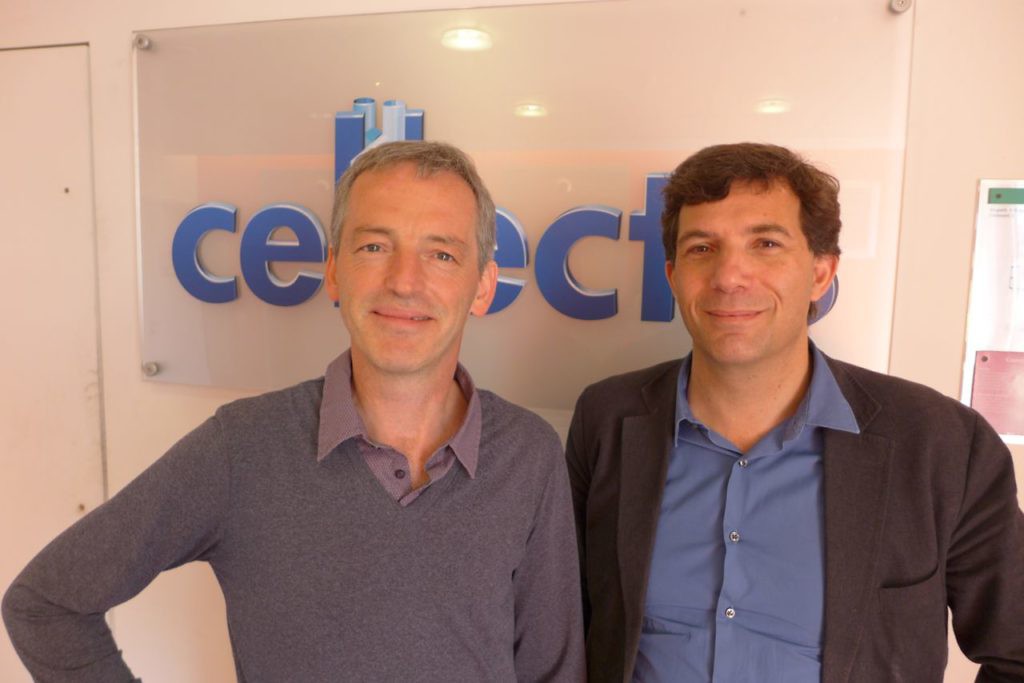Going beyond BCMA as a target in multiple myeloma
With the startling news this morning that Poseida Therapeutics are abandoning their IPO plans and pursuing a different tack with a $142M investment from Novartis to fund clinical trials for their BCMA-directed CAR T cell therapy program in multiple myeloma, our attention is focused yet again on the highly competitive BCMA niche.
Poseida’s data was revealed at ASH last December and with an ORR of 63%, the initial efficacy was a bit lower than we have seen from rivals Bluebird Bio and Legend/JNJ, although the Penn/Novartis construct reported disappointingly lower responses in a small cohorts of patients, which may explain Novartis’s interest.
There are also other companies/products in this niche including GSK’s ADC, GSK2857916, and Amgen’s T cell bispecific, AMG 420, plus plenty of others with BCMAxCD3 bispecifics who have earlier skin in this increasingly highly competitive game.
Is BCMA enough though? Is it really the answer to multiple myeloma or are there other approaches that might be better?

Putting new CARs in the spotlight
What of the future for CAR T cell therapies in myeloma beyond the initial generation 2.0 constructs?
We saw a vision for how this market might evolve and sought out some experts to learn more about what they are doing in this niche – what they had to say was really interesting.
After all, as Wayne Gretsky would say, don’t skate to where the hockey puck is (now) but where it will be… that’s a great analogy one cannot resist borrowing for the future of cell therapy in multiple myeloma.
In our latest article, we go beyond BCMA to explore where we think the field might be going and why a tunnel focus on BCMA might not be such a great thing…
To learn more and get a heads up on our latest oncology insights and thought leader interviews, subscribers can log-in or you can click to gain access to BSB Premium Content.
This content is restricted to subscribers

 In the frantic rush to the clinic with various IO-IO combinations, many people seem to have forgotten that these have an increased risk of failure than say, combining one IO molecule with chemotherapy.
In the frantic rush to the clinic with various IO-IO combinations, many people seem to have forgotten that these have an increased risk of failure than say, combining one IO molecule with chemotherapy. Immunotherapy treatment for multiple myeloma has been around for several decades, first in the form of stem cell transplantation, then augmented by the addition of IMiD immune modulation drugs such as thalidomide, lenalidomide or pomalidomide. In due course, along came immune checkpoint blockade in solid tumours and it was only a matter of time before they would be evaluated in hematologic malignancies, albeit with mixed results.
Immunotherapy treatment for multiple myeloma has been around for several decades, first in the form of stem cell transplantation, then augmented by the addition of IMiD immune modulation drugs such as thalidomide, lenalidomide or pomalidomide. In due course, along came immune checkpoint blockade in solid tumours and it was only a matter of time before they would be evaluated in hematologic malignancies, albeit with mixed results.
 Atlanta – it’s day 2 of the annual meeting of the American Society of Hematology (ASH) meeting here in a chilly and snowy Atlanta.
Atlanta – it’s day 2 of the annual meeting of the American Society of Hematology (ASH) meeting here in a chilly and snowy Atlanta.

 The original Journal Club post slated for today will appear next week instead.
The original Journal Club post slated for today will appear next week instead.